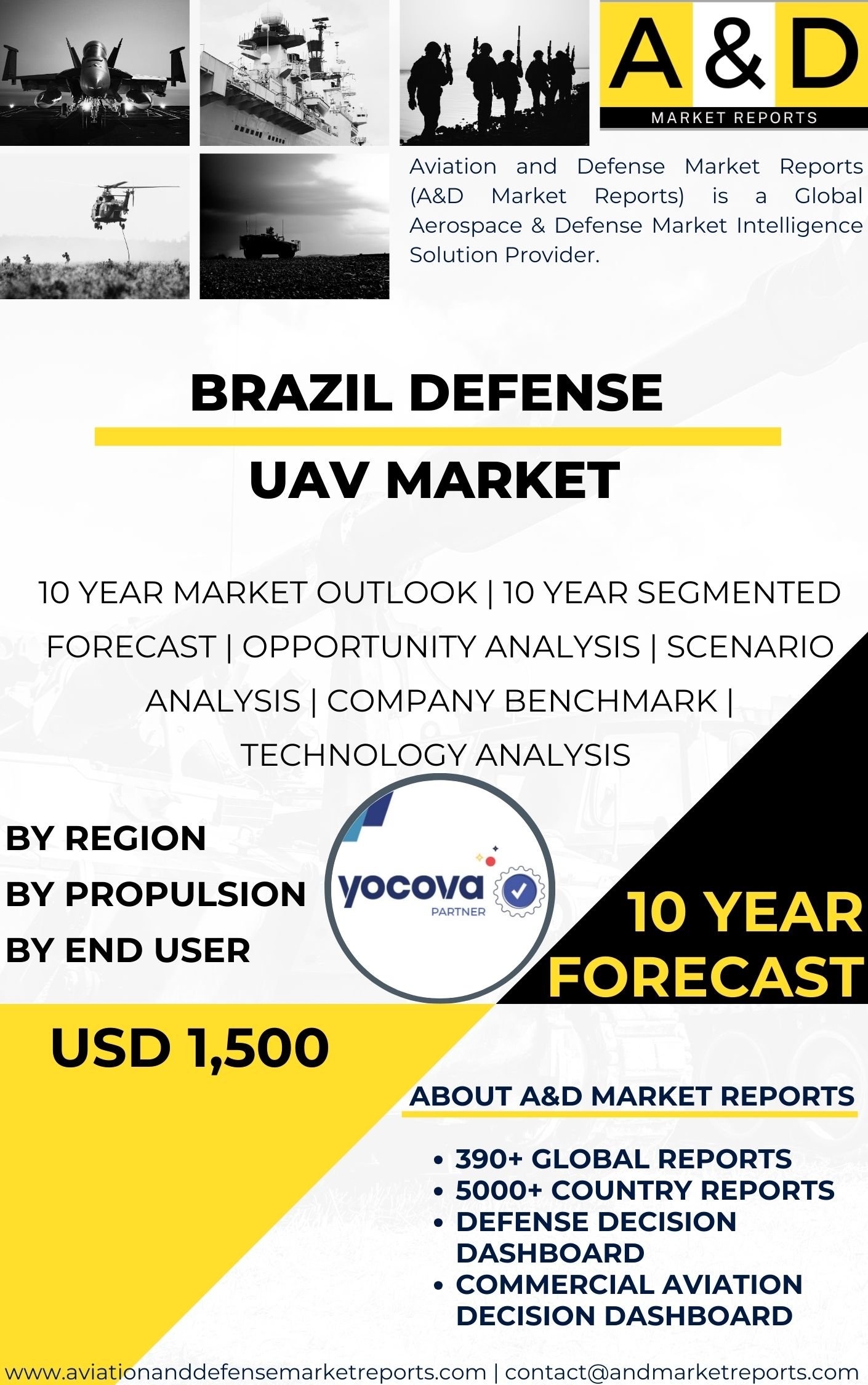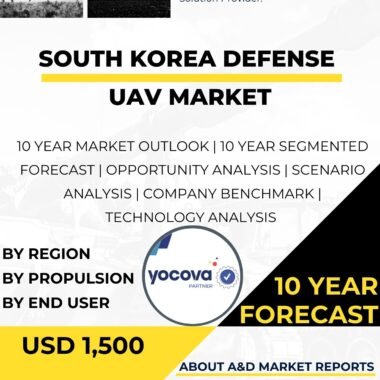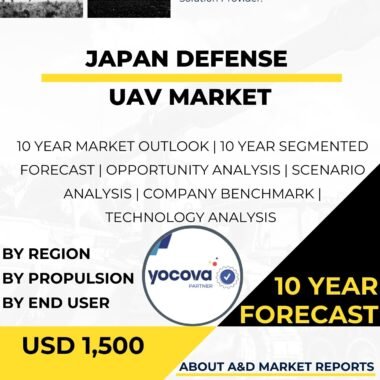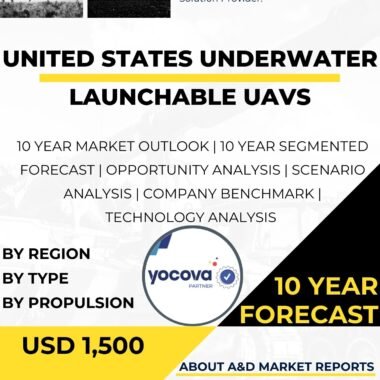Description
Brazil’s Defense Drones: The UAV Market
The Brazil Defense UAV Market shows big growth. In fact, this sector is key for the country’s military power. Drones are vital assets in modern operations. They excel at gathering intelligence.
This article covers the Brazil Drone Market. Specifically, it analyzes its current state and future growth.
Market Drivers and Growth
The Brazil Drone Market shows strong growth. This is due to several factors.
Security and Intelligence Needs
A main factor is facing security concerns. For example, Brazil deals with drug traffic. It also tracks illegal immigration. Drones are crucial for monitoring remote areas. They gather live facts. Furthermore, drones help quickly respond to threats. They provide intelligence without risking human lives.
Moreover, drones offer better scouting. These unmanned planes conduct missions cheaply and well. The data collected supports intelligence work. It aids in better decision-making.
Tech and Local Production
Also, technological advances fuel growth. Better batteries give drones longer flight time. Smarter payloads boost data processing. This expands drones’ many uses.
In addition, drones act as force multipliers. They boost the power of ground forces. They extend the reach of military operations.
Furthermore, Brazil commits to making its own gear. It wants less reliance on foreign sellers. This investment strengthens local industry.
Diverse Military Uses
Drones find many uses in Brazil’s defense. Specifically, they are crucial for military readiness.
Key Missions
First, Intelligence, Surveillance, and Reconnaissance (ISR) missions are key. Drones provide live video feeds. They also gather high-res images. This is vital for intelligence analysis.
Second, border patrol is critical. Drones secure Brazil’s vast borders. They detect illegal activities quickly.
Third, counter-terrorism uses drones. These planes aid in tracking terror groups. They enable proactive responses.
Finally, drones help in disaster response. During floods, drones assess damage. They also locate survivors. Their aerial views give invaluable support to rescue teams.
Challenges and Future Outlook
Despite market growth, challenges exist. For example, rules governing drone use are tough. Compliance with safety laws is necessary.
Also, cost is a hurdle. Buying and maintaining drone systems is expensive. Budget limits affect modernization plans.
Finally, tech vulnerabilities are a problem. Drones can become obsolete fast. Investing in regular updates is essential.
In conclusion, the Brazil Defense UAV Market is crucial. It consistently enhances defense capabilities. Addressing challenges will unlock this market’s full potential. This strategic action will greatly boost Brazil’s defense.




